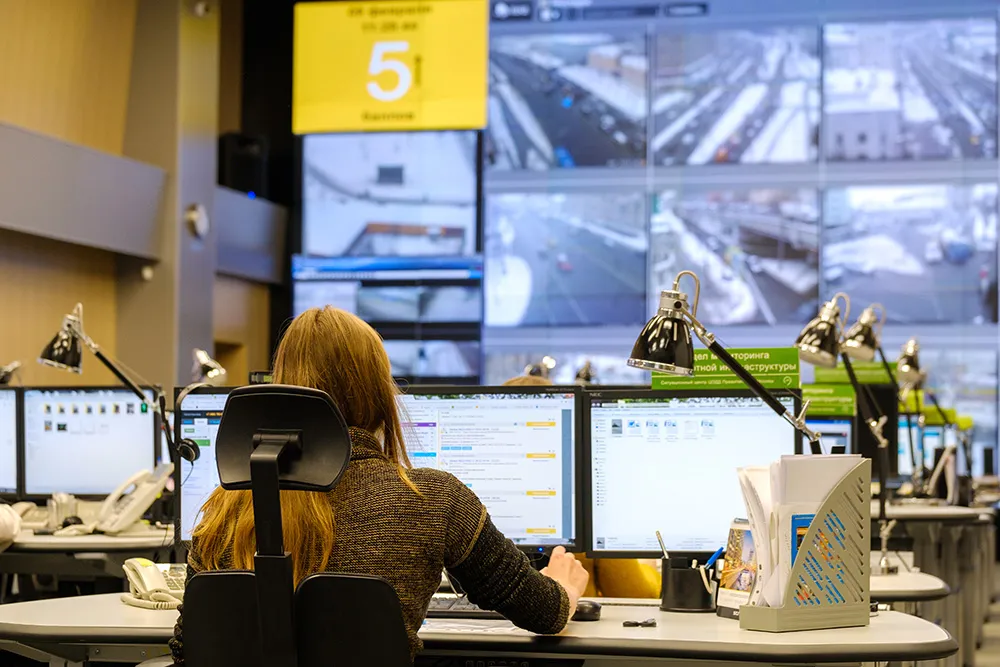Control room vision systems specialist Barco has collaborated with audio-visual integrator Vistacom to deliver an advanced video wall solution for the City of Philadelphia’s new traffic operations centre (TOC).
A Barco video wall solution, complete with control room management (CMS) software and integrated with a Genetec video management system (VMS), helps the third largest signal system in the country better manage traffic flows and handle problems in real time to respond immediately to issues.
Th
June 3, 2016
Read time: 2 mins
Control room vision systems specialist 20 Barco has collaborated with audio-visual integrator Vistacom to deliver an advanced video wall solution for the City of Philadelphia’s new traffic operations centre (TOC).
A Barco video wall solution, complete with control room management (CMS) software and integrated with a545 Genetec video management system (VMS), helps the third largest signal system in the country better manage traffic flows and handle problems in real time to respond immediately to issues.
The goal of the TOC is to monitor the traffic in real time so the Streets Department can adjust signals, signs and throughways in the event of a massive influx of vehicles or pedestrians in one area. The Department can then push the information to PennDOT and other agencies, which can adjust electronic messaging signs to notify people to move in different directions.
Comprising 10 OLF-521 front-access, rear projected LED displays in a 5x2 configuration, the wall is powered by Barco’s CMS software and TransForm N. CMS software configures how and where content is displayed. Operators can create perspectives (user-defined layouts) to view data/images/video in the most optimal way.
The City worked with Vistacom in developing a Barco video wall solution to take video feeds from more than 5,000 cameras in a single, common operational picture. The system ties into Philadelphia’s federated Genetec VMS, which allows the TOC to send, receive and display critical information from the Streets Department, Police Department, SEPTA, the University of Pennsylvania and the Delaware Valley Intelligence Center (DVIC). Traffic engineers can identify problem areas on the roadways in real time, and make better, faster decisions to provide the most efficient response to incidents.
A Barco video wall solution, complete with control room management (CMS) software and integrated with a
The goal of the TOC is to monitor the traffic in real time so the Streets Department can adjust signals, signs and throughways in the event of a massive influx of vehicles or pedestrians in one area. The Department can then push the information to PennDOT and other agencies, which can adjust electronic messaging signs to notify people to move in different directions.
Comprising 10 OLF-521 front-access, rear projected LED displays in a 5x2 configuration, the wall is powered by Barco’s CMS software and TransForm N. CMS software configures how and where content is displayed. Operators can create perspectives (user-defined layouts) to view data/images/video in the most optimal way.
The City worked with Vistacom in developing a Barco video wall solution to take video feeds from more than 5,000 cameras in a single, common operational picture. The system ties into Philadelphia’s federated Genetec VMS, which allows the TOC to send, receive and display critical information from the Streets Department, Police Department, SEPTA, the University of Pennsylvania and the Delaware Valley Intelligence Center (DVIC). Traffic engineers can identify problem areas on the roadways in real time, and make better, faster decisions to provide the most efficient response to incidents.










